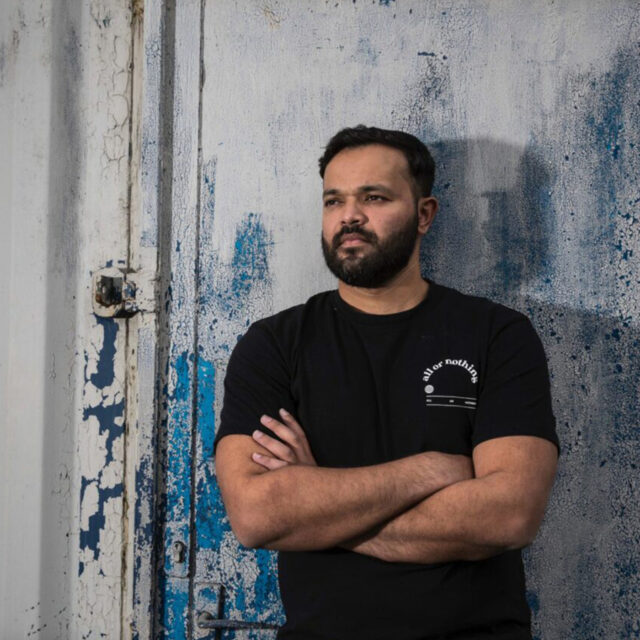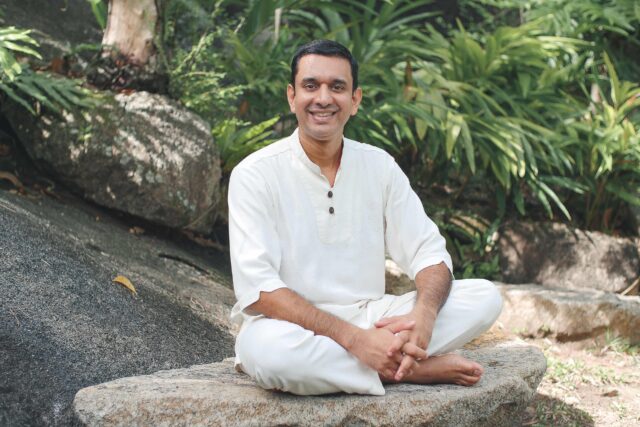In February last year, a good friend of mine was buying chocolates from a popular chocolatier in one of the malls in the capital when she noticed an Asian woman hovering by the open doorway of the store. She seemed unsure about whether she should enter. Eventually the woman asked the sales assistant, “Can I come in?”
“Of course,” said the sales assistant, looking perplexed.
This occurred about a month before the world went into lockdown. We had not yet been asked to wear masks and there were no social distancing measures in place. But we were being inundated with news reports about the “Chinese” virus that was causing havoc in hot spots around the world. The origin of the virus was unknown but there were rumors swirling around about how it had been created either in a lab in China or was a consequence of eating bat soup – a “Chinese” delicacy (it isn’t).
These were no more than theories but they had swept round the globe, stoking the embers of a fire that was already burning brightly: anti-Asian racism.
The woman who was nervous about walking into that chocolate shop felt that she needed to ask permission to be in the presence of others. It sickens me that she felt that way.
The reason I refer to this incident more than a year later is because of a recent rise in anti-Asian xenophobia around the world.
Even though racial prejudice may be generally less pervasive in multiracial societies, it still exists. I have heard enough unsettling conversations among students in the playground over the years and witnessed enough incidents where racial “superiority,” if not expressed verbally, was certainly implied covertly.
It is time that we as educated adults make more effort to educate our children.
We need to stop tiptoeing around the issues of race and confront it head on. The UAE is the perfect melting pot for a social experiment, in which we work together to create a society of blended cultures that rejects all forms of racial prejudice. It may be wishful thinking, but it’s worth a try.
Here are some strategies to try with your children or your students in the classroom:
- Be conscious of and acknowledge the use of xenophobic language, especially when using your mother tongue. We are all guilty of this in one way or another. Create a safe space where your children (or students) can share words they feel are hurtful or elicit a sense of shame. Deconstruct why the use of these words or slurs can unintentionally facilitate more racism. Initiate a discussion that allows children to empathize with those who have been the target of xenophobia.
- When choosing reading materials for your children (or students), make an effort to select books written by authors from diverse cultural backgrounds. The richness of a different culture can bring a classroom to life and makes great bedtime story material. You can also buy children’s books that tackle the issue of race.
- Highlight the inherent complexity of individual cultural backgrounds. Teach children not to label an entire community as a monolithic whole; instead, highlight the differences in individuals who come from cultural backgrounds that appear to be similar. Do not hesitate to use your own background as an example.
- Don’t let it go. If you overhear a racial slur or witness a micro-aggression, call it out and encourage your children or students to do the same. This could happen in the classroom, at the supermarket checkout counter, or when watching a movie. If your children overhear relatives or friends making racist remarks, have a conversation about it afterwards. If you don’t want to cause a scene on the spot, talk to the offender in private about the racist remark.
- If you intend to teach your students about racism, be aware of the racial trauma that they might have experienced. Racial trauma refers to mental or emotional injury inflicted by repeated exposure to discrimination. Give a warning before using certain images in a lesson, for example, so that students can voice any concerns they have about what those images might trigger. Remember that racial trauma can also be passed from generation to generation. “International Day” events are a great way for students to celebrate diversity and an excellent way for teachers to learn about the various ethnic backgrounds of their students. As educators, combatting racism is no easy task. There are no quick-fix solutions. As Dena Simmons, the author of White Rules for Black People, eloquently points out: “We cannot tweet away racism. We cannot read away racism. We cannot ‘intervention’ away racism. We cannot deep-breathe away racism. Educators, and especially white teachers, have to roll up their sleeves, look inside themselves, sit with discomfort, reflect on what they can do better, and then live and teach with racial justice as their guiding principle.”
- The UN website has some great classroom resources on racism.






